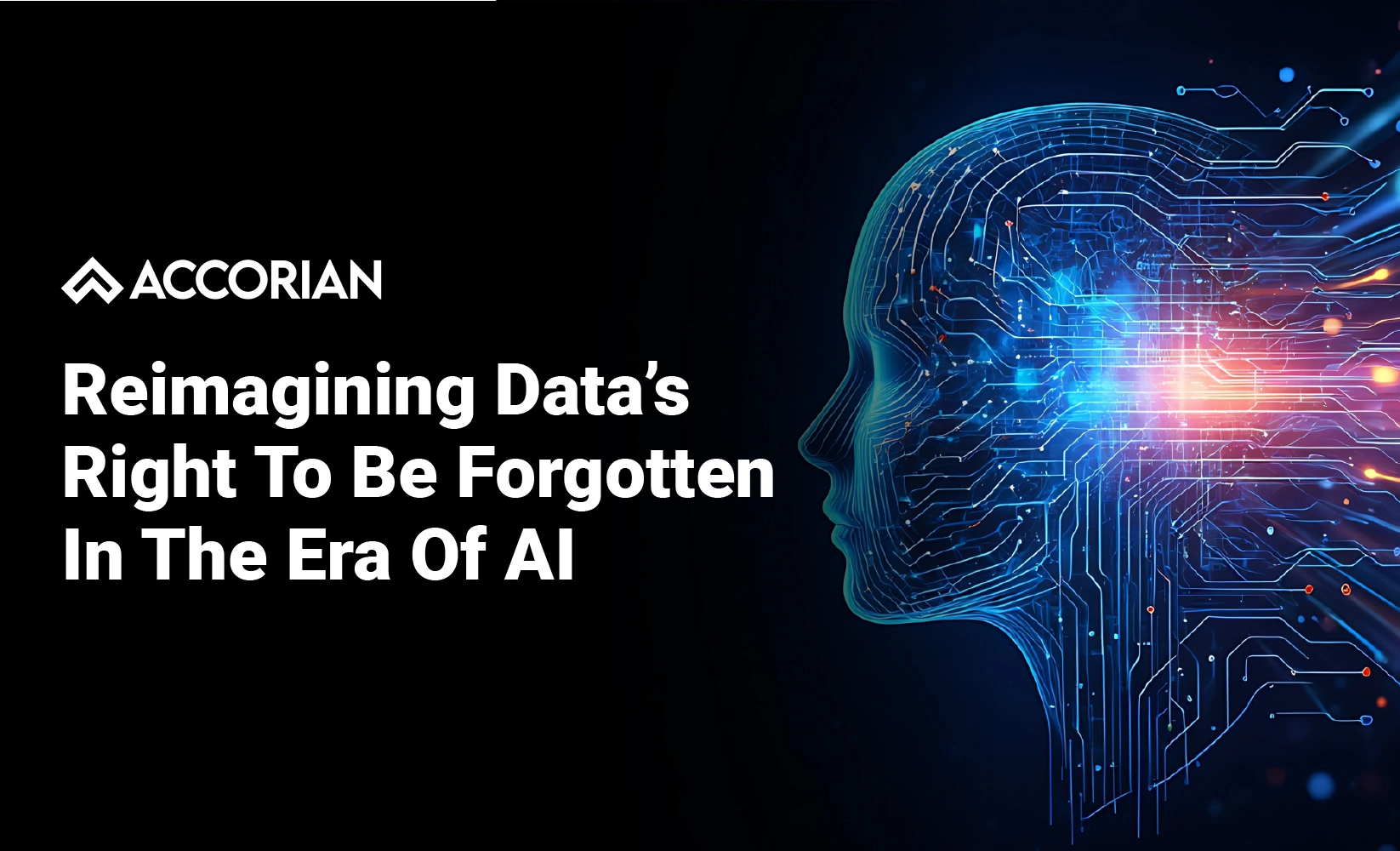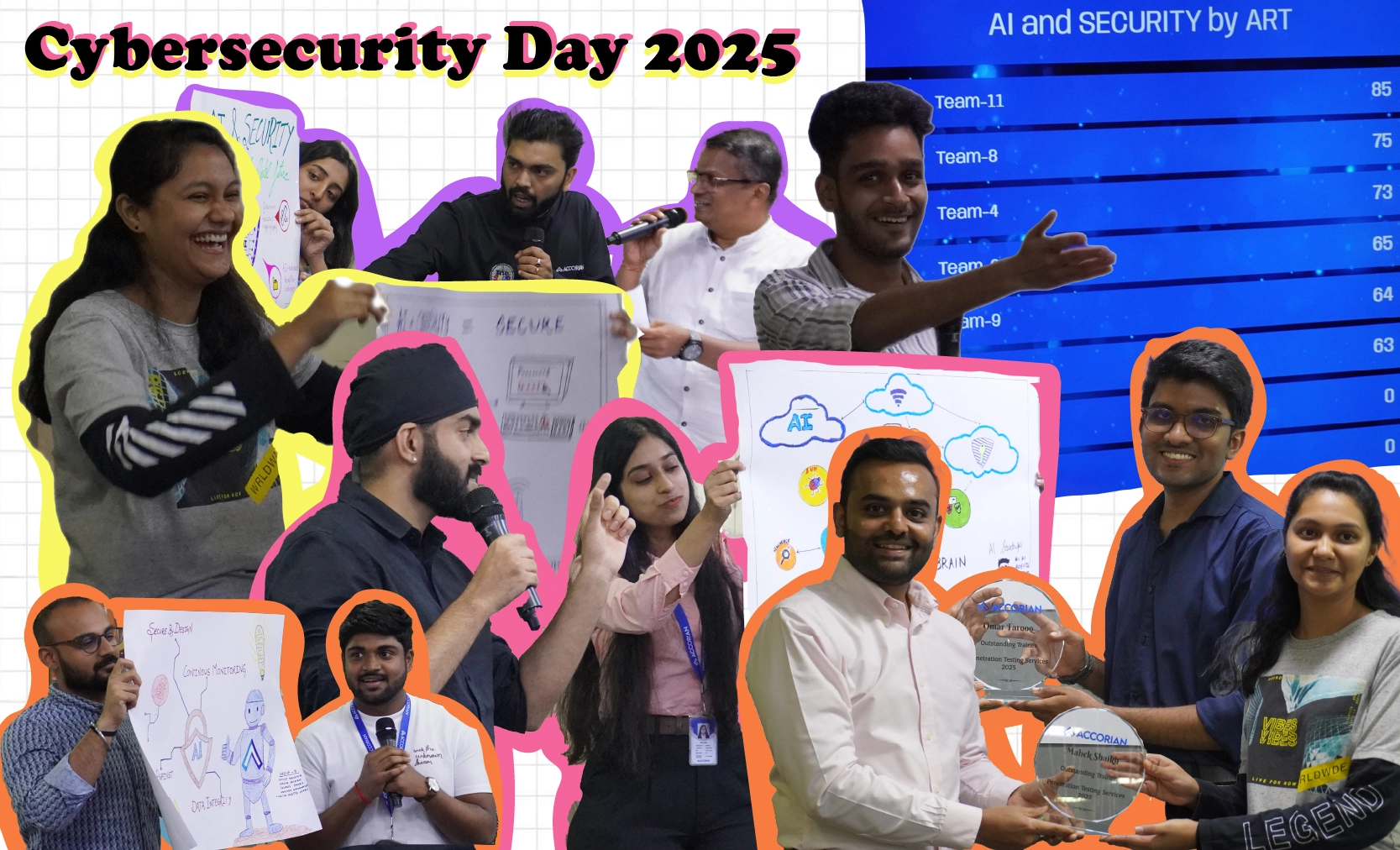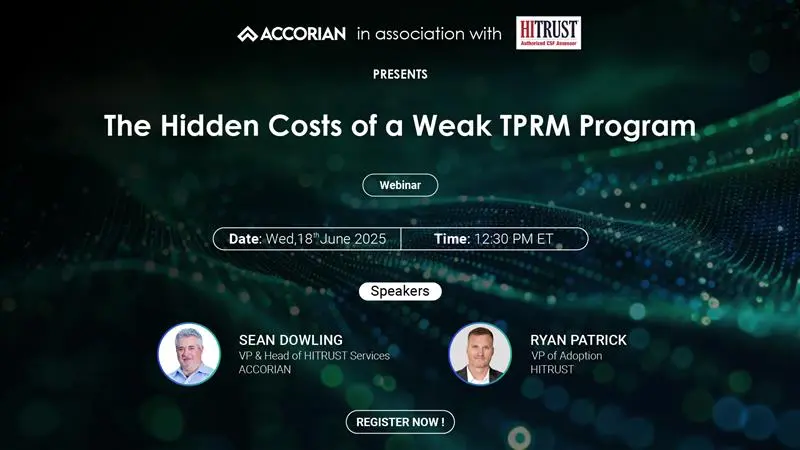Third Party AI Security Validation & Vendor Risk Assessment
In today’s digital landscape, AI solutions from external vendors are frequently integrated into critical operations. When sensitive data is handled and key decisions are influenced by these systems, security risks must be properly addressed. Through our validation service, vendor solutions are independently assessed against established standards tailored to your specific needs. Technical controls, governance practices, and operational procedures are all thoroughly evaluated, ensuring security is maintained across your entire AI ecosystem – from established providers to emerging startups.
Why Do You Need Third Party AI Security Validation and Vendor Risk Assessment?
01
Enhances Data Protection
AI solutions generally need access to large amounts of data, frequently sensitive customer data or confidential business insight. If not properly validated, such systems can introduce unintended data protection risks through poor encryption, defective access controls, or insecure processing practices.
02
Reduces Supply Chain Security Risks
Today’s AI vendors often rely on complex technology supply chains including open-source components, cloud services, and third-party datasets. Each element in this chain represents a potential security vulnerability that must be assessed.
03
Mitigates Compliance Gaps
Regulatory requirements for AI systems continue to evolve rapidly. Third-party validation helps identify compliance gaps before they result in regulatory actions, penalties, or reputational damage.
04
Resolves Integration Vulnerabilities
The connections between vendor AI systems and your existing infrastructure create potential attack surfaces that require specialized security assessment. These integration points often present unique security challenges that standard assessments might overlook.
Accorian’s Proven Approach

Risk Identification
It involves identifying the organization's third-party AI relationships and a comprehensive understanding of the scope of their AI engagement. This process includes assessing the criticality of AI services or products, third-party offers, mapping AI data flows, and understanding algorithmic decision-making processes that impact business operations.
Risk Assessment
An end-to-end AI risk assessment is done after third-party AI relationships are identified. This analysis considers different factors such as AI model security, data governance practice, controls for algorithmic bias, explain ability measures, adherence to AI regulations, model validation procedures, and vendor AI governance maturity. The process can include AI-specific questionnaires, model audits, bias testing reviews, and review of AI certifications.
Remediation & Mitigation
AI risks are identified during the third-party AI validation process, remediation and mitigation strategies are promptly executed to address the concerns. This includes model retraining requirements, bias correction measures, enhanced monitoring controls, and contractual risk transfer mechanisms.
Ongoing Monitoring
Continuous monitoring ensures that third-party AI vendors consistently uphold the established AI security, performance, and compliance standards throughout the relationship. This includes model drift detection, bias monitoring, performance degradation alerts, and compliance status tracking.
Continuous Reporting & Communication
Maintaining regular communication and reporting with the pertinent stakeholders and executive management board regarding the organization's holistic AI risk exposure to third-party relationships is imperative. This includes AI risk dashboards, model performance reports, and regulatory compliance status updates.
Why Choose Accorian?
Accorian is a top cybersecurity and compliance company with extensive experience to assist organizations through their information security journey. Our third-party AI security Validation and Vendor Risk Assessment services span all stages of the vendor life cycle. With a team specifically focused on this task, we assist in the identification of AI risks, risk evaluation, monitoring, and reporting.



